When we think about microorganisms, we often picture tiny, invisible creatures. However, the scientific community has recently made a remarkable discovery. These microorganisms not only surpass our previous understanding of microbial size but also evoke profound thoughts about the emergence and evolution of life.
The Gigantic Size of Deep-Sea Bacteria
Deep-sea bacteria are a unique group of microorganisms that thrive in vast oceanic environments, adapting to extreme pressure conditions and low temperatures. What fascinates scientists the most is their colossal size. Recent studies suggest that the gigantic size of deep-sea bacteria may have significant ecological and evolutionary implications.
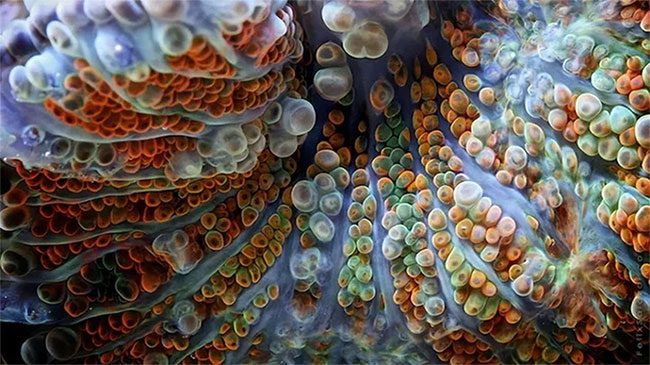
Bacteria are among the oldest forms of life on Earth, found in various environments, from hot springs to habitable soil.
The colossal size allows deep-sea bacteria to better adapt to their habitats. Since the deep-sea environment is extremely stressful, microorganisms need sufficient surface area to withstand this pressure. A larger body provides more surface area, reducing the impact of stress on the bacteria. The gigantic size of deep-sea bacteria also enables them to absorb more nutrients, enhancing their survival capabilities.
Scientists believe that deep-sea bacteria can enhance their competitive advantage by increasing their size. In the deep-sea environment, resources are relatively scarce, and competition among microorganisms is fierce.
Gigantic deep-sea bacteria can absorb limited nutrients more quickly than smaller bacteria, thus increasing their chances of reproduction and survival. This enables larger deep-sea bacteria to pass on their genetic advantages to the next generation, further promoting the preservation and development of these gigantic organisms.
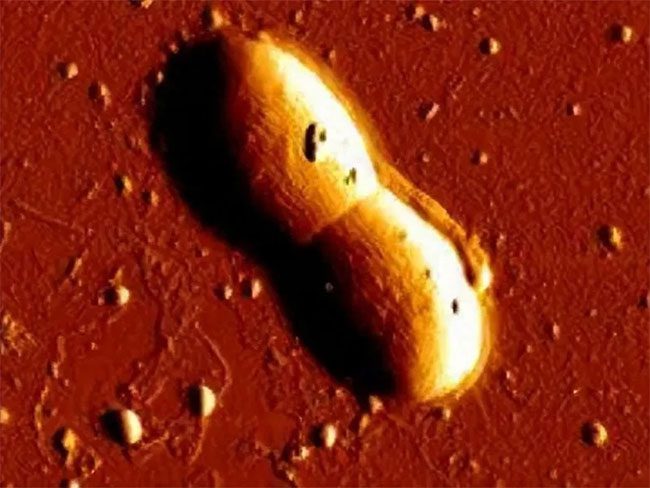
With the continuous advancement of science and technology, researchers believe that the study of deep-sea bacteria and their gigantic size will continue to expand, opening doors to more unknown worlds for us.
Deep-sea bacteria are a crucial part of the deep-sea food chain, providing nutrients to other organisms by breaking down organic matter into simpler compounds. Their gigantic size allows deep-sea bacteria to have a larger surface area to attach to more organic matter, thus providing nutrients to a wider range of organisms. This colossal size may also play an important role in maintaining the balance of the entire deep-sea ecosystem.
The explanation for the gigantic size of deep-sea bacteria can also be inferred from an evolutionary perspective. Studies have found that microorganisms in the deep-sea environment possess relatively small genomes, comprising fewer genes and non-coding DNA. This may be due to the harsh conditions of the deep-sea environment, where microorganisms need to conserve energy and resources to adapt for survival.
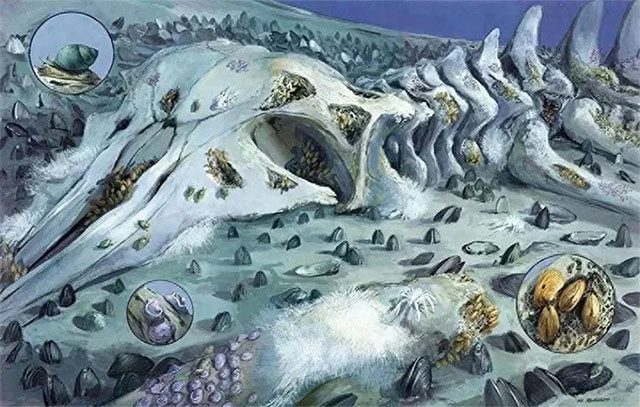
Bacteria have long been considered relatively small forms of life that can only be observed under a microscope. However, the discovery of some gigantic bacteria has presented significant challenges and new insights for our biological lineage theories.
Habitat and Characteristics of Bacteria
Deep-sea bacteria primarily inhabit the harsh environments of the deep ocean or the seabed, such as deep-sea sediments, ore deposits, and hydrothermal vents. Due to the extreme conditions of these environments, including high pressure, extremely low temperatures, and lack of oxygen, very few other organisms can survive there. However, deep-sea bacteria can adapt and thrive in these harsh environments, becoming dominant.
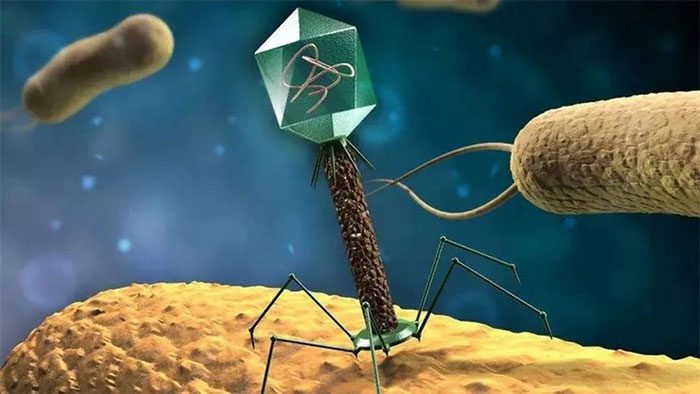
In recent decades, scientists have discovered a type of microorganism known as megabacteria. These bacteria are much larger than typical bacteria, with some even reaching several centimeters in length. One of the most notable examples of gigantic bacteria is Epulopiscium fishelsoni, which lives in the intestines of fish in seawater and can reach several millimeters in length.
Living in harsh environments, deep-sea bacteria must undergo prolonged natural selection and adaptation processes before they can cope with the pressure. They reproduce relatively slowly. As a result, the cells in these bacteria take longer to divide, allowing the bacteria to continue growing in size.
The cell walls and internal structures of deep-sea bacteria also play an important role in their gigantic body length. The cell walls of these bacteria are made of rigid polyester material, which can effectively support their large size. The internal structure of the bacteria is also relatively simple, lacking the organs and complex tissue structures of higher organisms, which allows them to better adapt to their large body length.
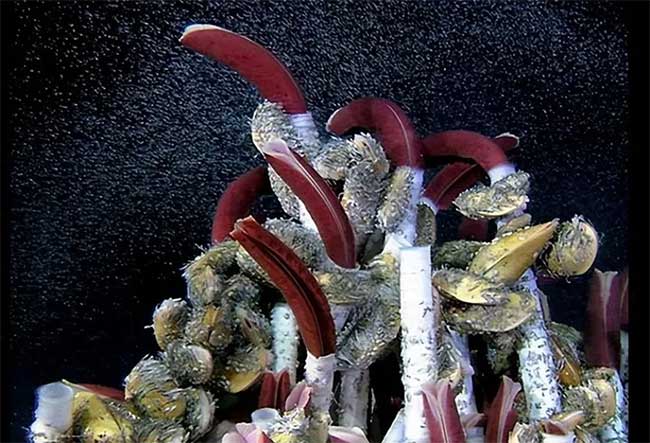
Deep-sea bacteria can achieve gigantic body lengths mainly because they inhabit harsh environments and have special mechanisms and structures to adapt to these conditions. They have a slow reproduction rate, tough cell walls, simple internal structures, and rely on organic matter for sustenance.
The discovery of megabacteria also provides us with a new perspective on understanding the ecological functions of bacteria and marks a significant breakthrough in our theories of their biological lineage. They challenge our knowledge of the morphology and evolution of bacteria while demonstrating the important role of bacteria in ecosystems.
Future research will reveal more ecological and evolutionary characteristics of megabacteria and other morphologically diverse microorganisms, offering a more comprehensive understanding of our biological world.


















































